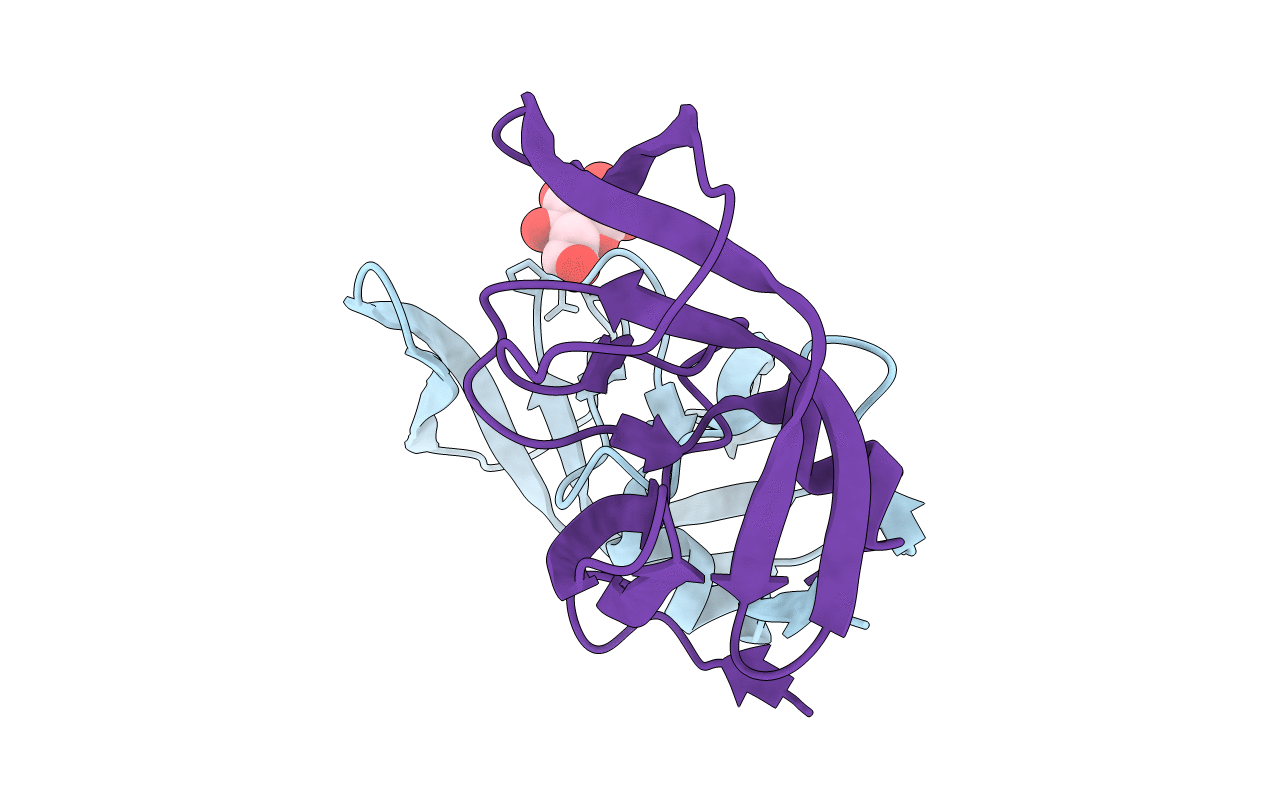
Deposition Date
2003-12-03
Release Date
2004-12-07
Last Version Date
2024-02-14
Entry Detail
PDB ID:
1RPI
Keywords:
Title:
Crystal structures of a Multidrug-Resistant HIV-1 Protease Reveal an Expanded Active Site Cavity
Biological Source:
Source Organism:
Human immunodeficiency virus 1 (Taxon ID: 11676)
Host Organism:
Method Details:
Experimental Method:
Resolution:
1.86 Å
R-Value Free:
0.29
R-Value Work:
0.21
R-Value Observed:
0.21
Space Group:
P 41


